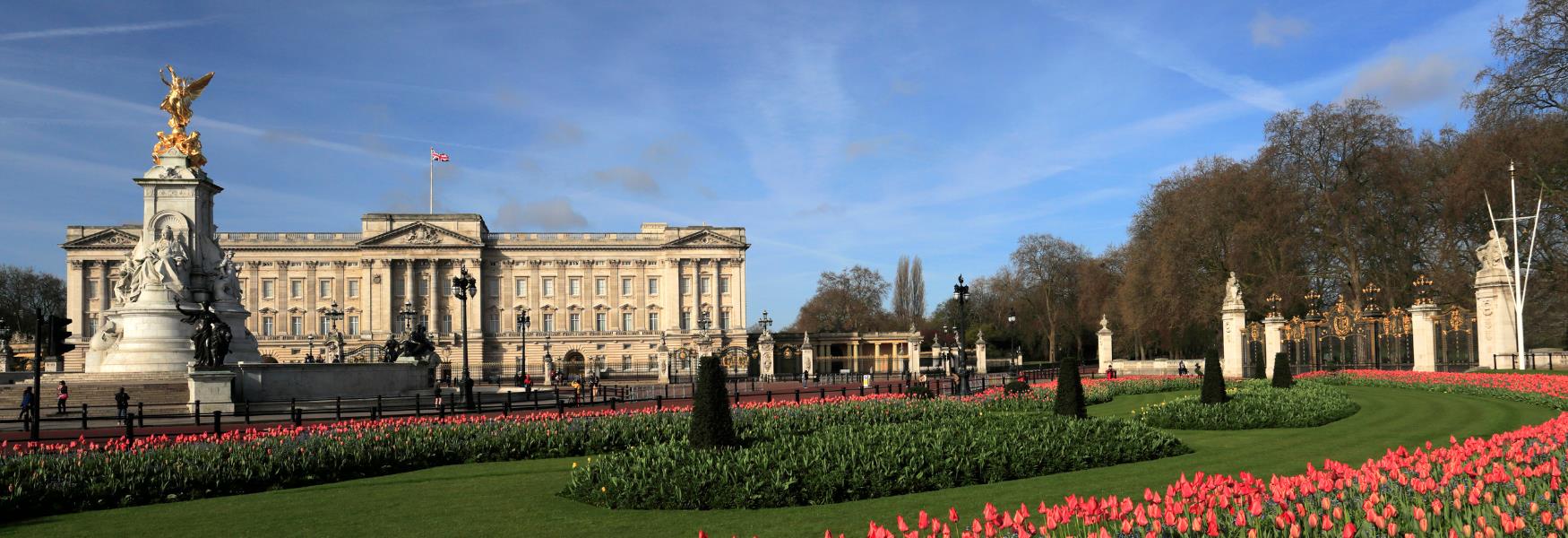To build your own Itinerary, click  to add an item to your Itinerary basket.
to add an item to your Itinerary basket.
Already saved an Itinerary?



You are here: UK History > Royal History > House of Tudor > Henry VIII | The king with 6 wives > Anne of Cleves
Anne of Cleves arguably got the best deal out of being married to Henry VIII. She was his fourth wife, though their marriage lasted only six months and she went on to be known as the King’s sister and enjoyed a life of luxury.
Born: Either June or September 1515, Düsseldorf, Duchy of Berg, Holy Roman Empire (modern day Germany)
Died: 16th July 1557, aged 41 or 42, Chelsea Manor, England
Queen: 6th January 1540 – 12th July 1540
Married: January – June 1540
Spouses: Henry VIII of England
Parents: John III, Duke of Cleves and Maria of Jülich-Berg
Children: none
Anne was the second daughter of John III of the House of La Marck, the Duke of Cleves. Not much is known about her early life, but historians do know that her father was opposed to the Holy Roman Emperor, Charles V and so the family followed a moderate path within the Reformation.
At the age of 11, Anne was betrothed to the nine year old son and heir of Antoine, Duke of Lorraine. Because he was under the age of consent at the time, the betrothal was considered unofficial and was later cancelled. Her brother William became Duke after the death of her father and organised the marriage of their sister Sibylle, who married John Frederick, who was considered to be the Champion of the Reformation, which made the family suitable allies for Henry VIII. The match between Henry and Anne was urged by the king’s chief minister, Thomas Cromwell.
Negotiations to arrange the marriage between Anne and Henry were in full swing by March 1539 and the pair were married around 2 years after Jane Seymour’s death. As you will have heard from the musical Six, the artist Hans Holbein, one of Henry’s preferred artists, was sent to Germany to paint portraits of Anne and her sister Amalia, both of which were being considered as the new queen of England. The portraits can still be viewed in the Louvre in Paris and the Victoria and Albert Museum in London.
Thomas Cromwell oversaw the negotiations and a marriage treaty was signed by October of 1539, with a dowry of 100,000 florins being agreed. Though Henry had given instructions to find a wife who was educated and culturally sophisticated, Anne was not described as such. She had received no formal education but was said to be skilled in needlework and could read and write, though only in German. Anne was described as being “fair haired” and having a “lovely face.”
Initially, Anne was to travel to England alone, as the death of her father prevented other family members from accompanying her. However, this was improper for the time, so she made part of the journey with her entourage, before being met by English merchants in Antwerp. Henry met her for the first time on New Year’s Day 1540 at Rochester Abbey on her journey from Dover. Following a courtly tradition, Henry went into the room disguised. He approached her, showing her a token that he said was from the king, kissed her and embraced her. Anne, not knowing who he was, gave him little attention, leading to Henry leaving the room and returning without the disguise, Anne again paid him little heed, though it is debatable that she even knew who he was. Though he did reveal himself, he is said to have been wary of the marriage from then on. The pair met in an official capacity on 3rd January at Greenwich Park as part of a grand reception.
Many say that Henry’s disapproval of the match was because Anne didn’t look like the portrait provided by Holbein. He felt that he had been misled on her beauty and was reported to say: “if it were not that she had come so far into my realm… and for fear of making a ruffle in the world and of driving her brother into the arms of the Emperor and the French King, I would not now marry her.”
Cromwell received much of the blame for the portrait and for the exaggerated reports of Anne’s beauty. Henry tasked Cromwell to find him a way out of the marriage, but it was impossible without destroying the alliance made with Germany. This would prove the beginning of Cromwell’s downfall.
Despite his misgivings, Henry and Anne married on 6th January 1540 at the Royal Palace of Placentia in Greenwich, London. Immediately on arriving in England, Anne converted to Catholicism, which Henry still practiced, despite his break with Rome. The couple’s wedding night was not a success with Henry confiding in Thomas Cromwell that they had not consummated the marriage and that Henry did not feel inspired to do so. This piece of gossip quickly spread around the court, with Henry blaming Thomas Cromwell for having broken his trust.
Anne was commanded to leave court on 24th June and was informed on 6th July that the king had reconsidered the marriage. Anne was asked to consent to an annulment, which she readily agreed and their marriage was dissolved six days later on the grounds of non-consummation and her pre-contract to Francis of Lorraine. Following this, Cromwell was charged with treason. Henry waited until after he had Anne's signuature on the annullment in case he needed Cromwell as a witness before allowing him to be arrested and charged.
Anne received land in January of 1540 to fund her household, which included several manors in Hampshire. As former queen, she also received a very generous settlement, which included Richmond Palace and Hever Castle, the former home of the Boleyns. Following the annulment, Anne and Henry had a friendly relationship, she was known as an honourary member of the royal family and was referred to as the King’s Beloved Sister, often appearing at court. Henry's fifth wife, Catherine Howard was one of Anne's ladies in waiting and the pair were said to have known each other fairly well, it was likely not a surprise to Anne that Henry began courting the teenaged Catherine towards the end of their marriage.
After Catherine Howard was executed, Anne and her brother approached Henry with the possibility of reinstating their marriage but Henry refused, instead looking elsewhere for wife number 6 and eventually settling on Catherine Parr. Historians claim that Anne didn’t particularly like Catherine Parr, and didn’t spend much time at court following their marriage.
Following the death of Henry, Edward VI’s advisors asked Anne to move out of her usual residence at Bletchingly Park, as though it was her primary residence, it hadn't been left to her in Henry's will. She moved to Penshurst Place, where she remained for some time. Even after Henry's death, Anne remained a firm fixture in the royal family, returning to court once Catherine Parr had left. She was known to have congratulated Mary I on her marriage to Philip of Spain and accompanied her and Elizabeth as part of Mary's coronation procession.
Later, following the Wyatt 's Rebellion, Anne would lose royal favour from Mary I, because she remained close to Elizabeth and Mary had grown distrustful of her sister and her associates. After 1554, Anne no longer contributed to court life, instead choosing to live quietly on her estates. Much like Catherine of Aragon, she didn't speak English and had never visited the country before moving there, but also never left England, remaining until her death.
When her health began to fail, Mary I allowed her to live at Chelsea Old Manor, the former home of Catherine Parr. It was here that she wrote her will, which mentioned the future Queen Elizabeth I and left money for her servants, who she asked to be employed in both Elizabeth and Mary’s households. She died on 16th July 1557, most likely of cancer and was buried at Westminster Abbey. She outlived Henry’s subsequent wives and of the six, was lived the longest.
© Visit Heritage 2025. All Rights Reserved

.png)


